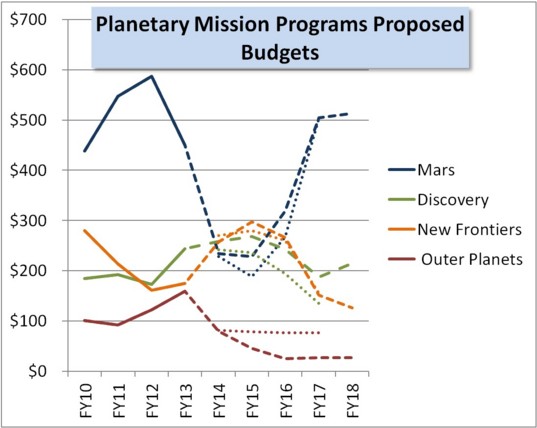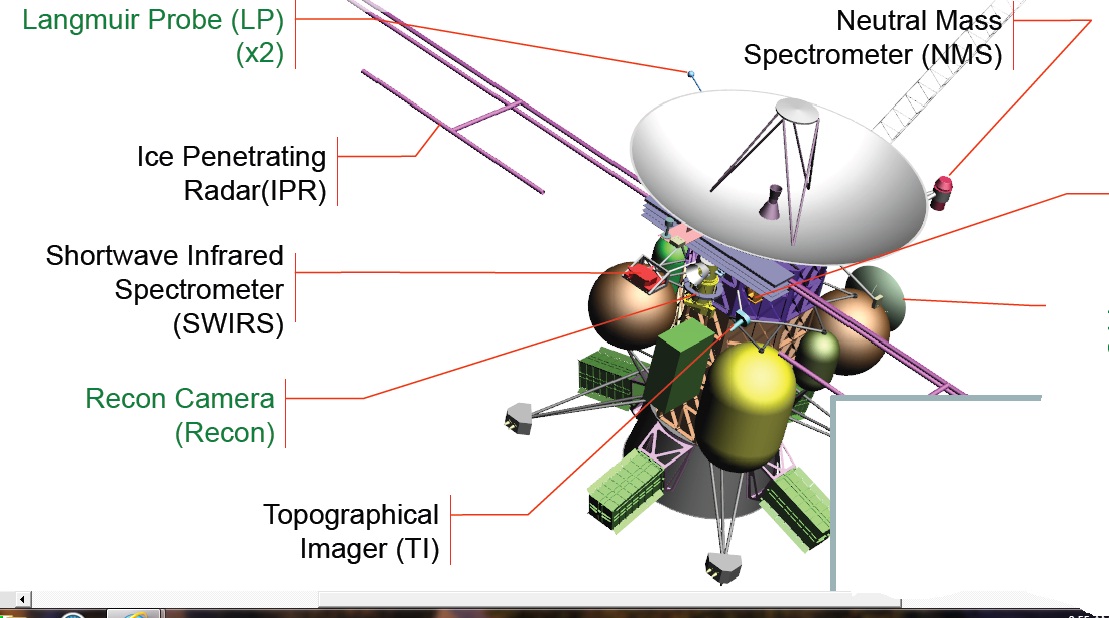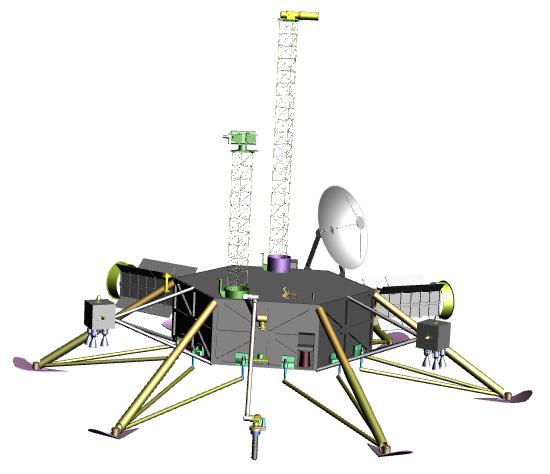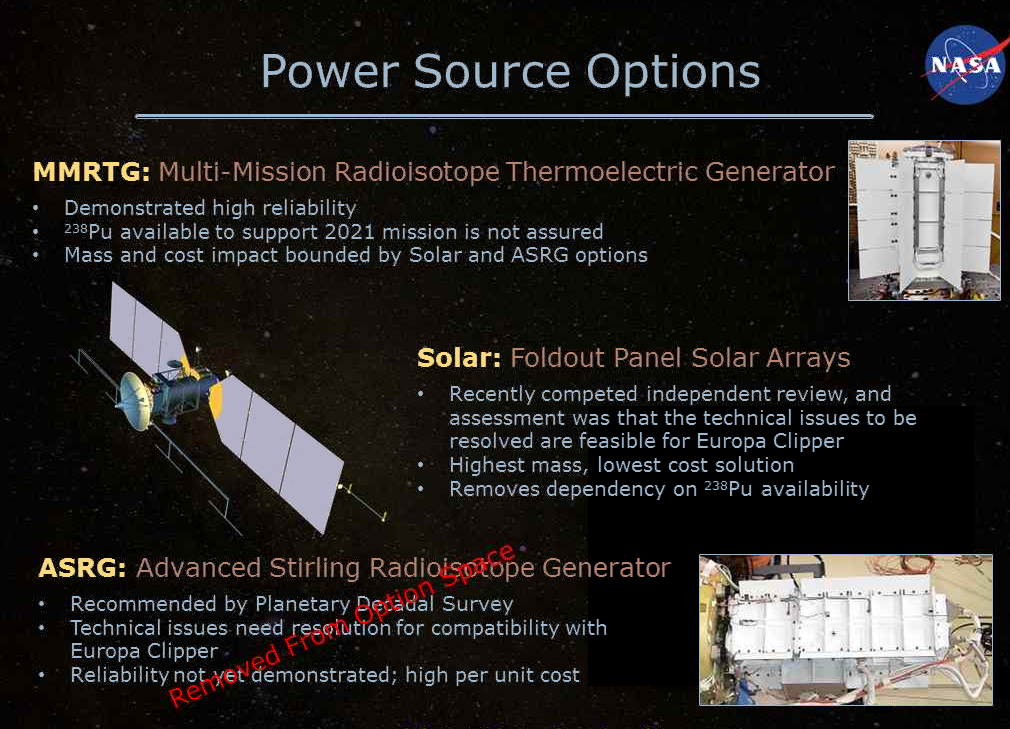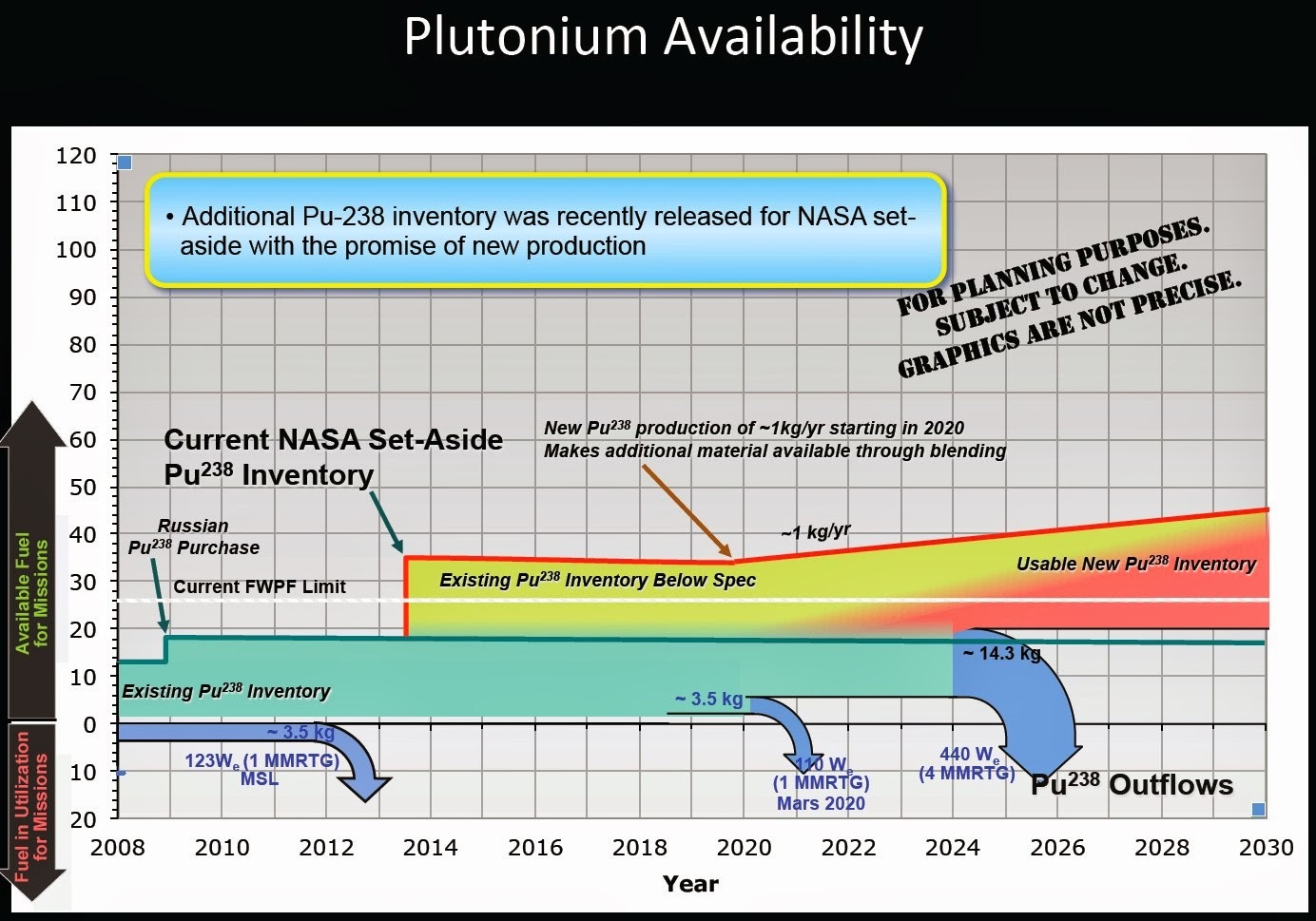Unstung
Active member
For the fiscal year 2013, NASA had most of the proposed cuts to planetary science reversed[1][2], enabling it to pursue the Europa Clipper concept (or a similar) mission. Funds totaling $75 million have already been allocated to devise a potential mission.[3] I have been following the new concept closely since its redesign from the canceled flagship mission called the Jupiter Europa Orbiter. The Europa Clipper proposal is a descoped and cheaper alternative at $2 billion, as suggested by the Planetary Decadal Survey, to the $4.7 billion JEO. I, hopefully along with other members, will be able to cover updates on NASA's progress towards a mission to Europa. The mission would be selected in a few years if all goes well. Discovery by discovery, Europa becomes a more tantalizing destination to explore.
On NASA
Dedicated Website
Europa at NASA
My report on the mission a few months ago:
On NASA
Dedicated Website
Europa at NASA
My report on the mission a few months ago:
I just reported on the concept for an Europa mission, and now I found a pretty recent article on it.
SPACE.com: "NASA Eyes Mission to Jupiter Moon Europa"

Here is the Clipper concept, again:...
But NASA is also thinking about ways to investigate the possible habitability of Europa, Jupiter's fourth-largest moon. One concept that may be gaining traction is a so-called "clipper" probe that would make multiple flybys of the moon, studying its icy shell and suspected subsurface ocean as it zooms past.
[...]
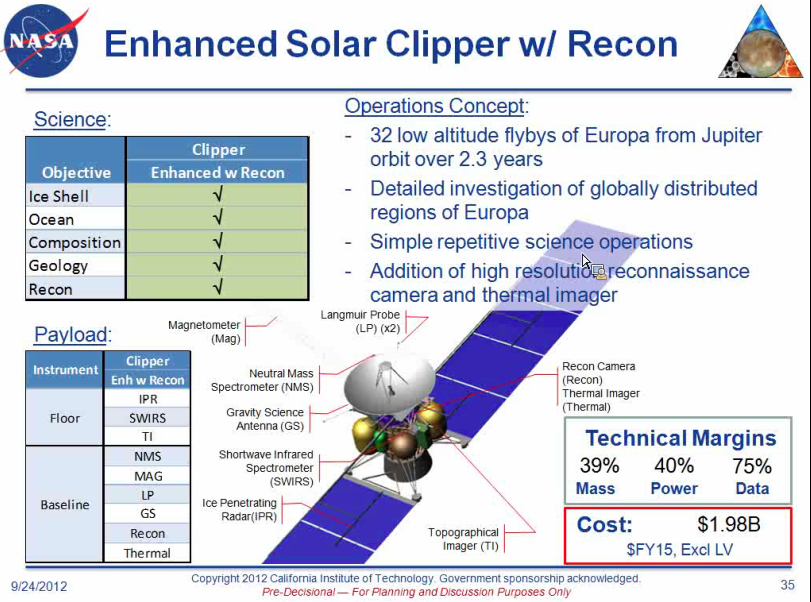
And the study, again: http://www.lpi.usra.edu/pss/oct2012/presentations/5_Senske_Europa.pdf
And an interview regarding the mission (again): Europa Clipper on Vimeo
The nominal launch date is in 2020 where the transit to Jupiter will take under six years. However, there are launch opportunities available every year.
Out of any possible near-future robotic missions, this one excites me the most.
Last edited:

